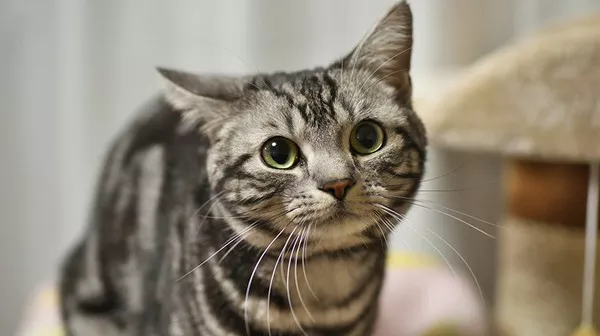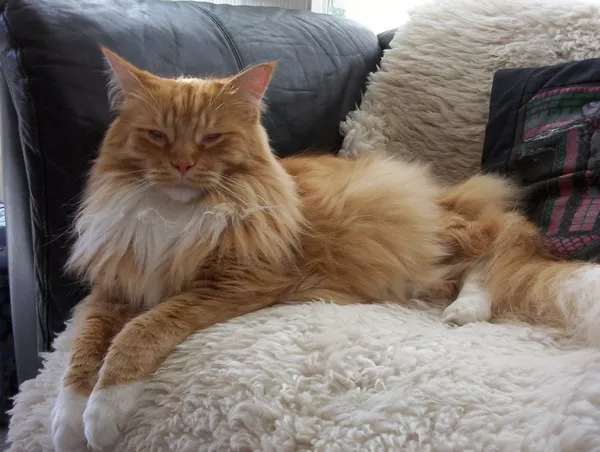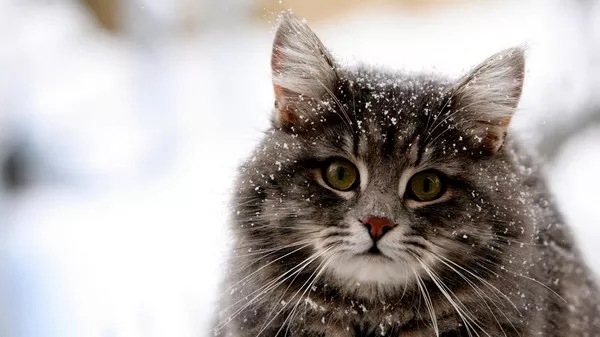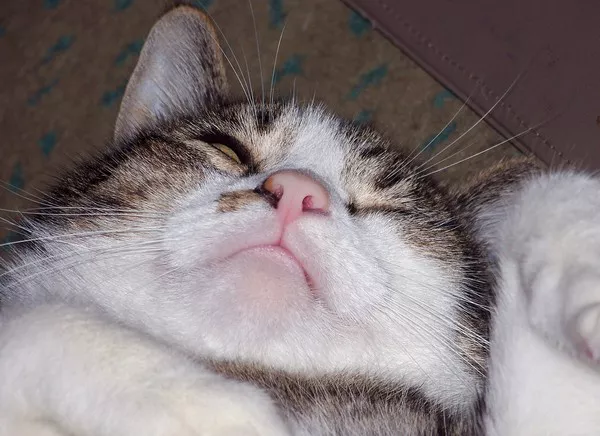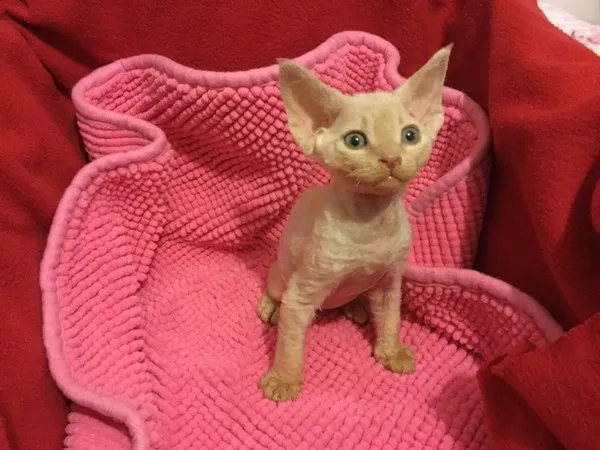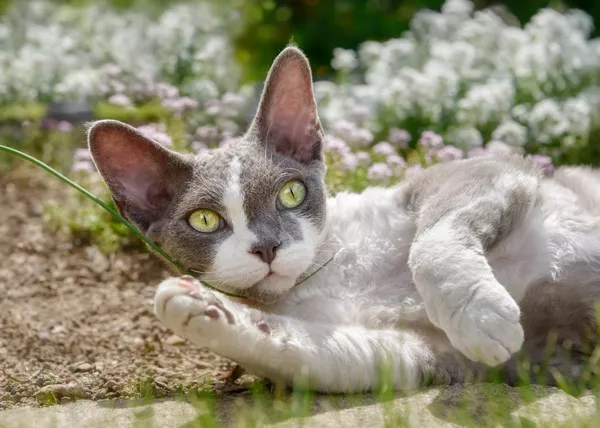American Shorthair cats, with their classic appearance and affectionate nature, have earned a special place in the hearts of cat enthusiasts. However, like all felines, American Shorthairs experience shedding as a natural part of their grooming process. Shedding is influenced by various factors, including genetics, health, and environmental conditions. In this comprehensive guide, we delve into the art of minimizing shedding in American Shorthair cats, creating a harmonious and shed-free haven for both feline companions and their devoted owners.
Understanding the Shedding Cycle of American Shorthairs
1. The Natural Rhythm of Shedding
Shedding is a natural and cyclical process for American Shorthair cats. As part of their grooming routine, these cats shed old or damaged hair to make way for new growth. The shedding cycle is influenced by factors such as breed, age, health, and environmental conditions. Understanding the natural rhythm of shedding lays the foundation for effective strategies to minimize its impact.
2. Seasonal Shedding Patterns
American Shorthairs, like many other cat breeds, often exhibit seasonal shedding patterns. During the transition between seasons, cats may experience increased shedding as their coat adapts to temperature changes. Spring and fall are common shedding seasons, with the winter coat making way for a lighter summer coat or vice versa.
Creating a Shed-Free Environment
1. Regular Grooming Sessions: The Foundation of Shed Control
Frequent grooming sessions form the cornerstone of shedding control for American Shorthair cats. Regular brushing helps remove loose and dead hair, preventing it from accumulating on furniture and clothing. Use a high-quality brush suitable for short-haired cats to effectively capture and remove loose fur. Introduce grooming as a positive and bonding experience, reinforcing a sense of trust between you and your feline companion.
2. Bathing: Occasional Refreshment
While American Shorthairs are known for their self-grooming abilities, an occasional bath can help minimize shedding and remove excess hair. Use a cat-friendly shampoo and ensure the water temperature is comfortable for your cat. Gradual introductions to bathing from a young age can make the experience more manageable for both you and your feline friend.
3. Dietary Considerations: Nourishing from Within
A well-balanced and nutritious diet contributes to the overall health of your American Shorthair and can influence shedding patterns. Ensure your cat’s diet includes essential nutrients, such as omega-3 fatty acids, which support a healthy coat. Consult with your veterinarian to determine the most suitable diet for your cat’s specific needs.
4. Hydration: The Elixir of Health
Adequate hydration plays a crucial role in maintaining healthy skin and coat conditions, reducing excessive shedding. Ensure your American Shorthair has access to fresh and clean water at all times. Moisture-rich wet cat food can also contribute to hydration, promoting optimal skin and coat health.
Health Check: Identifying Underlying Issues
1. Regular Veterinary Visits: Detecting Health Concerns
Scheduled veterinary visits are instrumental in monitoring the overall health of your American Shorthair. Conditions such as allergies, parasites, or underlying health issues can contribute to excessive shedding. Regular check-ups allow veterinarians to identify and address potential concerns before they escalate.
2. Parasite Prevention: Shielding Against Unwanted Guests
External parasites, such as fleas, can lead to skin irritation and increased shedding in American Shorthair cats. Implementing a reliable parasite prevention routine, as recommended by your veterinarian, safeguards your cat against infestations and minimizes the risk of shedding related to parasitic activity.
Environmental Enrichment: Promoting a Stress-Free Haven
1. Stress Management: A Key to Shed Control
Stress is a significant factor that can contribute to excessive shedding in American Shorthair cats. Create a stress-free environment by providing cozy hiding spots, interactive toys, and vertical spaces for climbing. Minimize sudden changes in the environment and establish predictable routines to foster a sense of security.
2. Comfortable Sleeping Spaces: A Sanctuary for Rest
American Shorthairs, like many cats, enjoy comfortable and secluded sleeping spots. Providing cozy beds and designated resting areas encourages your cat to groom and shed in these specific locations. This focused approach helps contain shedding to specific areas, making it easier to manage.
3. Humidity Control: Balancing Indoor Atmosphere
Maintaining optimal indoor humidity levels can positively impact your American Shorthair’s skin and coat health. Dry indoor air can lead to drier skin and increased shedding. Use humidifiers to add moisture to the air, particularly in colder months when heating systems may contribute to drier indoor environments.
Shedding Myths: Dispelling Common Misconceptions
1. Myth: Shaving Eliminates Shedding
Contrary to popular belief, shaving an American Shorthair does not eliminate shedding. While it may reduce the visible accumulation of loose fur, shaving does not alter the natural shedding cycle or prevent the growth of new hair. In fact, shaving can interfere with the cat’s ability to regulate body temperature and expose their skin to potential sunburn.
2. Myth: Certain Breeds Don’t Shed
All cats, regardless of breed, shed to some extent. While some breeds may be known for minimal shedding, no cat is entirely non-shedding. American Shorthairs, with their short coats, do shed, but with proactive measures, shedding can be effectively managed.
3. Shedding Management Tips for Specific Situations
Dealing with Seasonal Changes: Adapting to Nature’s Course
Seasonal shedding can be more noticeable in American Shorthairs during spring and fall. Increase grooming sessions during these periods to effectively manage loose fur. Implementing shedding control measures proactively helps your cat transition smoothly between seasonal coats.
4. Shedding in Senior Cats: Nurturing Aging Coats
As American Shorthairs age, their coat may undergo changes, leading to increased shedding. Senior cats may benefit from additional grooming sessions and dietary adjustments tailored to their specific needs. Regular veterinary check-ups become even more crucial to address age-related factors influencing shedding.
Conclusion: Fostering a Shed-Free Bond
In conclusion, minimizing shedding in American Shorthair cats involves a holistic approach that addresses grooming, health, and environmental considerations. By embracing regular grooming sessions, fostering a stress-free environment, and attending to your cat’s overall well-being, you create a haven where shedding is managed effectively. Understanding the natural shedding cycle, dispelling myths, and tailoring shedding management to specific situations empower you to build a strong and shed-free bond with your American Shorthair companion. Through a combination of care, attention, and proactive measures, you embark on a journey of shedding management that celebrates the beauty and vitality of your beloved feline friend.

